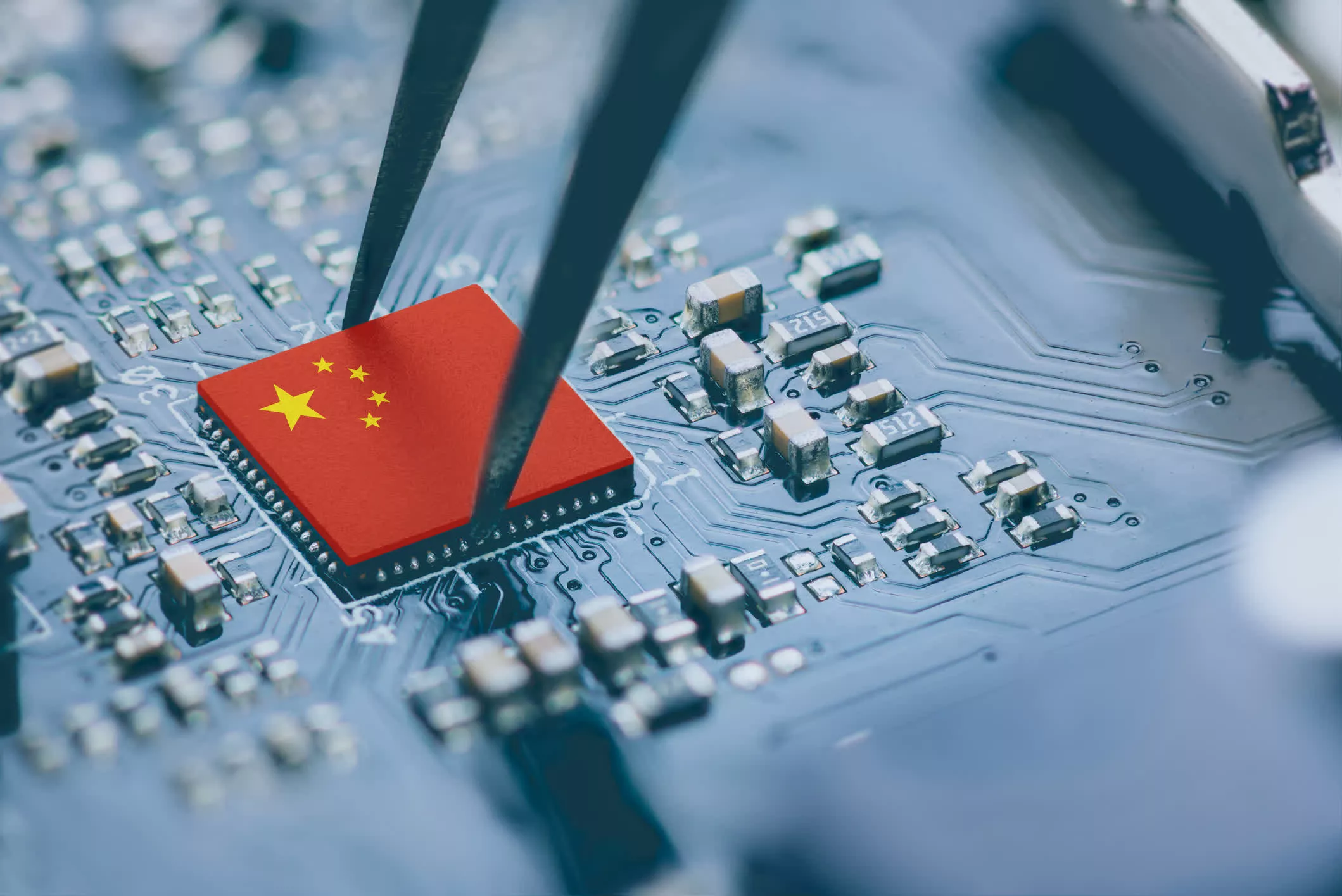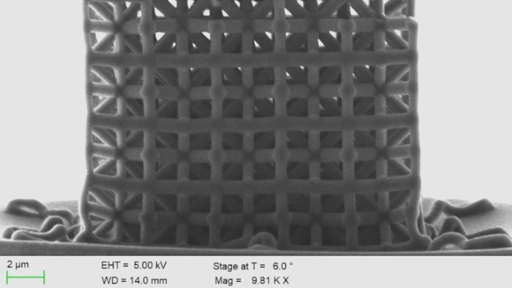The end of Windows 10 is approaching, so it's time to consider Linux and LibreOffice
-
This post did not contain any content.
Somehow, windows 11 is even MORE spyware than 10!
-
Windows 12, with AI even moreso integrated.
Nah, there'll be a new boogeyman by then.
-
Somehow, windows 11 is even MORE spyware than 10!
Now with AI! So Windows can use your processing power to record and analyze every use of your computer, and report back useful findings to MS. What data is sent back? Who knows? You certainly won't be told what 'core telemetry' is required at any point in time.
-
How many laptops do you own lol?
2, though they are both quite old
-
Families exist. I'm the "IT guy" for 3 people using laptops
They are all my personal laptops from different parts of my past, that I just never threw away when I upgraded
-
This post did not contain any content.
GF recently wanted to buy Ms office because she had a nice looking CV template for it that would not work well in LibreOffice. So I spent some hours making a good one without Ms crap, just so they would not get anymore money.
-
Consider running the LTSC version. It gets extended support.
ESU also offers one year of support for non-enterprise users for $30.
-
This post did not contain any content.
Also 0patch, which will continue to provide security patches for Windows 10 indefinitely.
-
EOL means no more security updates, which means attack vectors don't get patched.
If you keep using a Windows installation (or any OS for that matter) that isn't patched regularly you are very likely to be victim to some malicious actor eventually. It's not manual hacking anymore, it's bots scraping the whole internet exploiting known vulnerabilities completely automated.
The risk is much lower if you're in a home network with NAT, where your PCs IP is not publicly reachable, but if you communicate with any webservices you're still vulnerable.
As example. If you nowadays put a Windows XP machine live on the internet with a public IP, it will be compromised within minutes.
So yeah. Good call switching to Mint, but please don't use unpatched Windows.
This is what 0patch is for!
-
Call me when Libre doesn't suck/feel like it's stuck in 2003.
I won't hold my breath.
Look like you're already stuck in 2003
-
Because mass recommending Linux to people with absolutely no nuance whatsoever is exactly why Linux users are seen as obnoxious and annoying. Not only does the website make no attempt to properly explain Linux it doesn't clearly outline its usecase. Its the very definition of the Linux user stereotype, blasted right in front of your face, reposted everywhere, and with a simple INSTALL LINUX and EVEYONE CAN INSTALL LINUX.
The first paragraphs on https://endof10.org/ tell you why you should install Linux followed by telling you how to get in touch with someone who can explain things to you and even install it for you. Most of them do it free of charge. I'm not sure how you can improve on that.
-
This post did not contain any content.
LOL no. There are many good reasons choose Linux on the desktop/laptop, but the so-called Win10 apocalypse isn't in the top 10.
-
They are all my personal laptops from different parts of my past, that I just never threw away when I upgraded
If you keep forgetting them for another ~15-25 more years they might have value in the retro space.
-
I really need to stop putting it off and install Linux on my PC and laptops
I'm between living locations and can't carry my desktop around.
So I grabbed an old laptop and put Linux mint on it. It's been near perfect. Extremely smooth experience.
It detected my printer and auto installed. I installed steam and played Terraria without issue. Small performance problem but I don't have a GPU. Even works good with my docking station.
My only complaint is the audio device doesn't switch automatically when I dock/undock.
I'd recommend making a USB and boot into it for a test drive.
-
How many laptops do you own lol?
I end up with all the "broken" laptops my family replaces after they buy new ones.
I've got like 9 laptops. Active ones are my Linux one, work one (windows 11) and my wife's school one (windows 11). We both have win 10 desktops still.
-
This post did not contain any content.
I've been a full time dev since 2012 and needed a Mac, I had barely used windows over that time but beforehand ran a PC service business.
Anyway, Ive been using Linux as a daily driver for the past 6 months for reasons.
... The other day I got a new cheap laptop I needed to setup for run a single application.
Holy fuck what a shitshow.
It took me 2 hours just to get to the desktop. Shit didn't work, bullshit login screens, ads everywhere.
It was a massive pile of dog shit.
After battling to get the system setup for the rest of the day I gave up, chucked Fedora Kinoite On it... Took 30 minutes from creating boot media to getting a desktop going, chucked the app I needed to run in a Flatpack, chucked it on a USB, and it was up and running.
No bullshit.
Just works.
Truly the year of the Linux desktop.
-
This post did not contain any content.
It's not all quite as rosy.
Yes, Linux is much more capable now than it was 10 years ago and it's much more capable of being used as a main system. I myself have been using Linux as my main system for a few years now.
But it's also a fact that a lot of stuff might not work (even if it works for someone else) and that some things are still more difficult than they should be.
For example, on my laptop cannot wake from sleep since kernel 6.11. I have manually sourced a 6.10 from an older version of my distro and keep holding it back, so that I can use my laptop as a laptop. For someone without technical skill, this would mean that their laptop just can't sleep any more. Hibernate also doesn't work.
Another example is that LibreOffice still makes a lot of formatting mistakes when it has to open word documents. And sure, everyone could just switch to odf, but it's not quite as easy to make everyone else switch to odf. It makes it really hard to use LibreOffice in any kind of professional environment. Wouldn't want to make a powerpoint presentation that then looks like shit when it's played on a different PC.
Lastly, Nvidia sucks, but it's also close to the only option for laptops with dGPUs. When I look for laptops with dGPUs available in my area on a price comparison platform, I find 760 laptops with Nvidia GPUs and only 3 with AMD, all of which are priced at least €500 more than comparable Nvidia devices. So if you want to go for a gaming laptop, Nvidia is pretty much the only option, and under Linux it really sucks. Steam games generally work ok for me, but trying to use Heroic Launcher to play anything from my gigantic library of free Epic/Amazon/GoG games, about 10% of the games I tried actually work. And even with those that work, my laptop sometimes just decides that a slide show with 3 FPS is good enough. That stays even after reboots and resets, and after a few days it returns to normal. Only to go back to slideshow mode a few days later.
If you just use your laptop to run a browser, I can recommend Linux 100%.
If you want to do anything else and don't have any technical skills and/or don't want to spend hours fixing things that should just work, I can't fully recommend it.
-
LOL no. There are many good reasons choose Linux on the desktop/laptop, but the so-called Win10 apocalypse isn't in the top 10.
Whilst that's true, it's a good opportunity to push Linux as a potential alternative in a few different ways - reduction of e-waste, free and private oriented alternative, simple (in some situations/distro) for certain basic users, or even someone who wants to get a little more technical. It's good to promote the idea that there is more to computers than a monolithic monopoly called Microsoft.
-
GF recently wanted to buy Ms office because she had a nice looking CV template for it that would not work well in LibreOffice. So I spent some hours making a good one without Ms crap, just so they would not get anymore money.
Pretty sure the template would work fine with OnlyOffice.
-
It's not all quite as rosy.
Yes, Linux is much more capable now than it was 10 years ago and it's much more capable of being used as a main system. I myself have been using Linux as my main system for a few years now.
But it's also a fact that a lot of stuff might not work (even if it works for someone else) and that some things are still more difficult than they should be.
For example, on my laptop cannot wake from sleep since kernel 6.11. I have manually sourced a 6.10 from an older version of my distro and keep holding it back, so that I can use my laptop as a laptop. For someone without technical skill, this would mean that their laptop just can't sleep any more. Hibernate also doesn't work.
Another example is that LibreOffice still makes a lot of formatting mistakes when it has to open word documents. And sure, everyone could just switch to odf, but it's not quite as easy to make everyone else switch to odf. It makes it really hard to use LibreOffice in any kind of professional environment. Wouldn't want to make a powerpoint presentation that then looks like shit when it's played on a different PC.
Lastly, Nvidia sucks, but it's also close to the only option for laptops with dGPUs. When I look for laptops with dGPUs available in my area on a price comparison platform, I find 760 laptops with Nvidia GPUs and only 3 with AMD, all of which are priced at least €500 more than comparable Nvidia devices. So if you want to go for a gaming laptop, Nvidia is pretty much the only option, and under Linux it really sucks. Steam games generally work ok for me, but trying to use Heroic Launcher to play anything from my gigantic library of free Epic/Amazon/GoG games, about 10% of the games I tried actually work. And even with those that work, my laptop sometimes just decides that a slide show with 3 FPS is good enough. That stays even after reboots and resets, and after a few days it returns to normal. Only to go back to slideshow mode a few days later.
If you just use your laptop to run a browser, I can recommend Linux 100%.
If you want to do anything else and don't have any technical skills and/or don't want to spend hours fixing things that should just work, I can't fully recommend it.
I am a developer and Linux is my native environment in production systems. I wanted to use Linux on my laptop but sleeping / waking up never worked well enough. It could not switch from integrated video card to a discrete one ending up always using the discrete one which drained the battery in 30 minutes. All in all, it was usable but the details didn't work so I gave up. That was years ago and eversince no customer really allows Linux...






